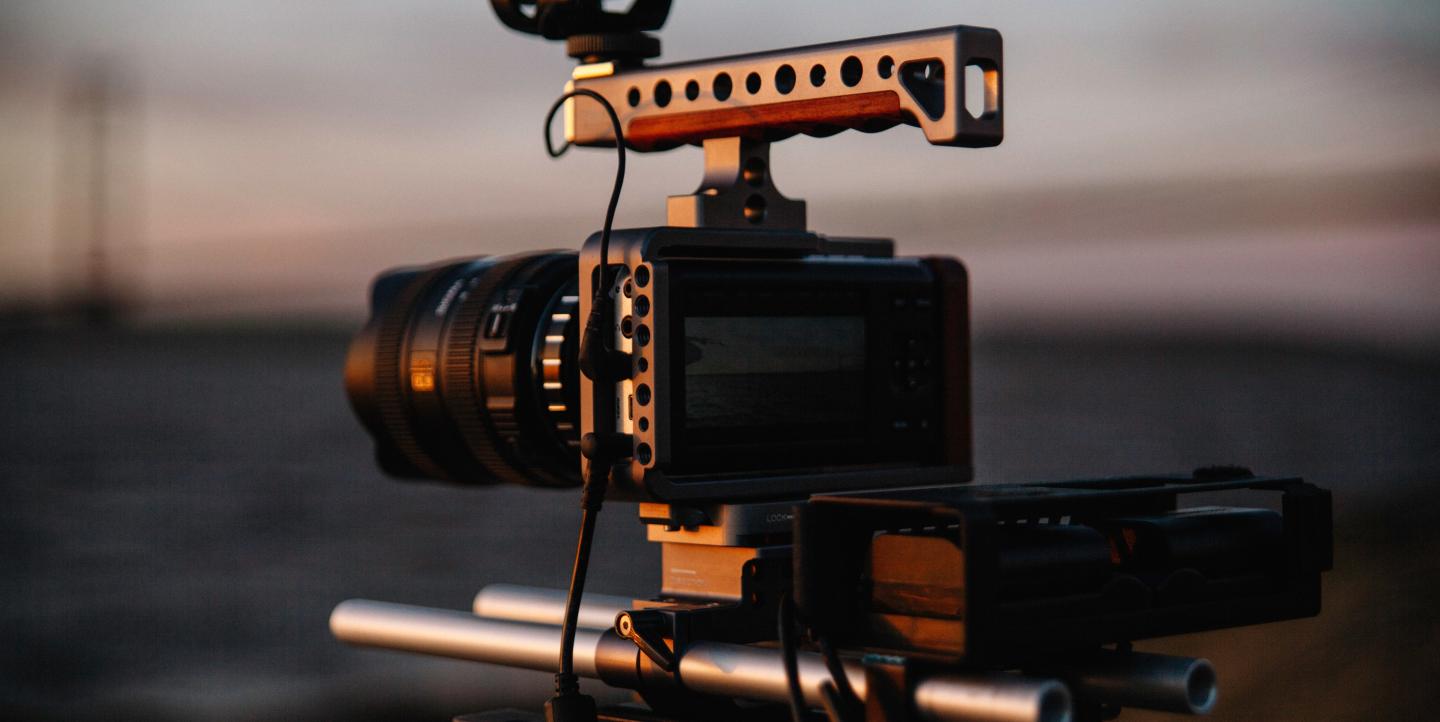What do 94-year-old-newspaper O Globo and Buzzfeed’s 5-year-old Brazil site have in common? These days, it’s a concerted effort to ramp up video production to drive engagement.
The two outlets — one that flourished for almost a century as an exclusively print news source, and the other digital-first from the start — have turned to strategic editorial strengths to drive their video content. O Globo is producing documentary-style news videos, while Buzzfeed Brazil has teamed with its Buzzfeed Vozes (Voices) team to produce video content that reflects the diversity of the communities they aim to reach.
O Globo
Sure, O Globo has been a top news outlet in Brazil for nearly 100 years, its combined print and digital circulation exceeding 330,000 today — the country’s leading publication by the end of 2019.
But this alone didn’t guarantee its success with video production. After all, while today its primary focus is digital, O Globo’s DNA is as a print newspaper, executive editor Andre Miranda told IJNet. “How can a print newspaper develop into a video production company?” he found himself asking. “How can it be profitable?”
O Globo began producing video content about 15 years ago, and in 2010 the newspaper created a video department. The new team began publishing minute-long social media videos, focusing its distribution on Facebook. Settling on a coherent content strategy was difficult, however.
“It was a challenge because we know that when you have just one topic in your production it is easier to find an audience on the internet. But, we can’t do that because we are a 94-year-old newspaper. We cover all subjects and we can’t change that now,” said Miranda.
[Read more: Tips for selecting and scripting a journalism video]
Hoping to reach new audiences, O Globo revamped its video strategy in 2017. The outlet turned its attention to YouTube and began to produce documentary news videos, taking deeper dives into issues. The videos are anywhere from just a few minutes long up to 30 minutes.
In late 2017, for example, O Globo published “The Brazilian War”, an animated documentary that discusses the high rate of violence in the country. During the 2018 presidential election in Brazil, O Globo created a series with famous Brazilian actor Marcelo Adnet that used humor to cover developments during the highly contentious, polarized period for the country. The series garnered more than 40 million views across YouTube, Facebook and the news site, according to Miranda.
O Globo’s approach falls somewhere in between typical TV news and cinema, intended to attract users on the internet, where most news consumers live today. “We tried to take our experience of journalism and transform it; use our experience of journalism as a narrative that will be closer to a documentary narrative,” said Miranda. O Globo has been able to secure sponsors for their videos, and has screened them in theaters as part of their rollout strategy.
Before the revamp, O Globo’s YouTube channel had just 4,000 subscribers, Miranda noted. Today, the channel has more than 335,000 subscribers. Taking advantage of this growth, O Globo publishes links to related articles on its site under every video posted to YouTube which has improved traffic to the site. They also embed videos in related articles, helping increase the time readers spend on the site, explained Miranda.
Most significantly for O Globo, the videos attract a younger audience to the site. While 36 percent of the site’s readership is younger than 35, this jumps to 57 percent with its YouTube audience. O Globo uses the videos to funnel the younger viewers into the paper’s other products, eventually converting this traffic into subscriptions.
Said Miranda, “Our goal is to bring in these subscribers.”
BuzzFeed Brazil
The launch of BuzzFeed Brazil’s new diversity brand, Vozes, last fall offered the outlet a strategic opportunity for collaboration: diversify its video content while lifting Vozes off the ground.
“We tried to cover something new because it was the very beginning of BuzzFeed Vozes,” said Editorial Project Manager Camila Sa. Run by journalists of color, Vozes publishes content on Facebook and Instagram with the goal of reaching Brazilians of color. Incorporating video into the new brand’s strategy presented attractive potential. “We wanted to do something that would make sense for the audience, that we would be closer to them and talking the same language.”
In September, Buzzfeed Brazil and Vozes produced a three-part mini-documentary series, A Voz Delas, highlighting Brazilian women hip hop artists, Sharylaine, Negra Li and Tasha and Tracie Okereke. “[Hip hop is] mostly an environment controlled by men. Men decide everything and they have the famous lyrics, they have the highest wages and everything,” said Sa. “We thought that it would be very exciting to talk about the women’s voices in this environment.”
The three videos, all shorter than 10 minutes, achieved 43% engagement on Facebook, according to Sa. Average video engagement on Facebook usually falls under six percent.
[Read more: Will Australian comedy series 'Content' create a new wave of vertical storytelling?]
In November, the video team released another popular mini-documentary series about African royalty living in Brazil during slavery. The series drew a 78% increase over the site’s typical video engagement, said Priscila Mendes, a Creative on the team.
Through Vozes, BuzzFeed Brazil continues to experiment with different video formats to spur engagement. They recently launched a biweekly series about Brazilian pop culture, Hitosfera, which is modeled after BuzzFeed’s famous listicle articles. The series features short episodes about the top TV series of the past decade, and “news that made 2019 not a complete disaster.”
They also publish short videos the team calls “social shorts,” such as this one of Pericles, a famous Brazilian singer doing a brega funk dance move. The videos are inspired by, or intended to be used as internet memes. They typically perform above average, Mendes said.
BuzzFeed Brazil produces three videos a week, including a weekly Vozes video. Overall, the outlet’s video engagement hovers around Facebook’s average, between three and six percent. The experimentation with Vozes content, however, has offered the team glimpses of what’s possible with strategic video content tailored for social media.
“Buzzfeed Vozes not only is a platform that gave us a voice,” said Sa. “It is something we could also [use to] inform and help give people that voice.”
O Globo and BuzzFeed Brazil both attended the Facebook Journalism Project’s video accelerator in São Paulo, coordinated by the International Center for Journalists, a Facebook partner.
Main image CC-licensed by Unsplash via Vanilla Bear Films.


